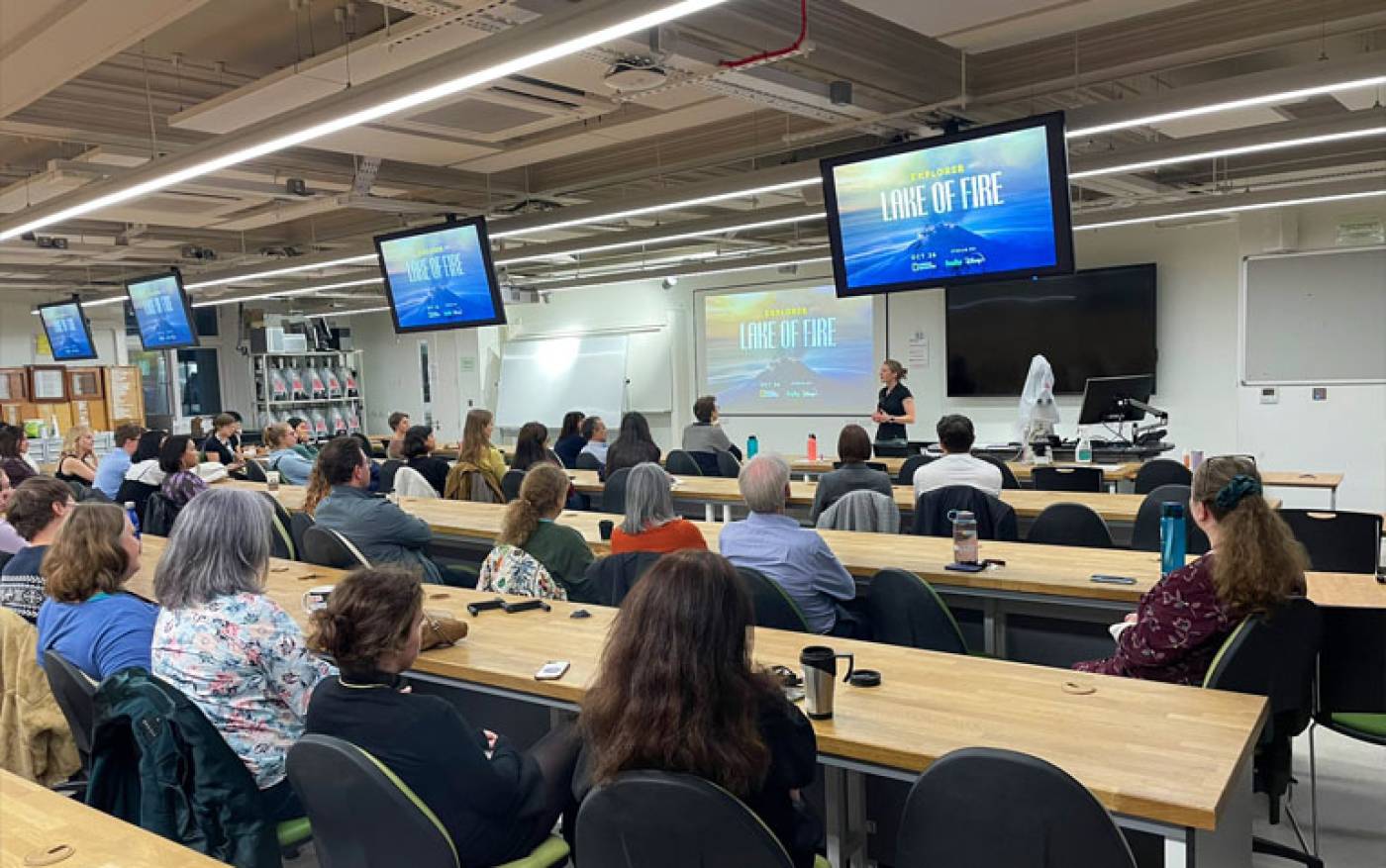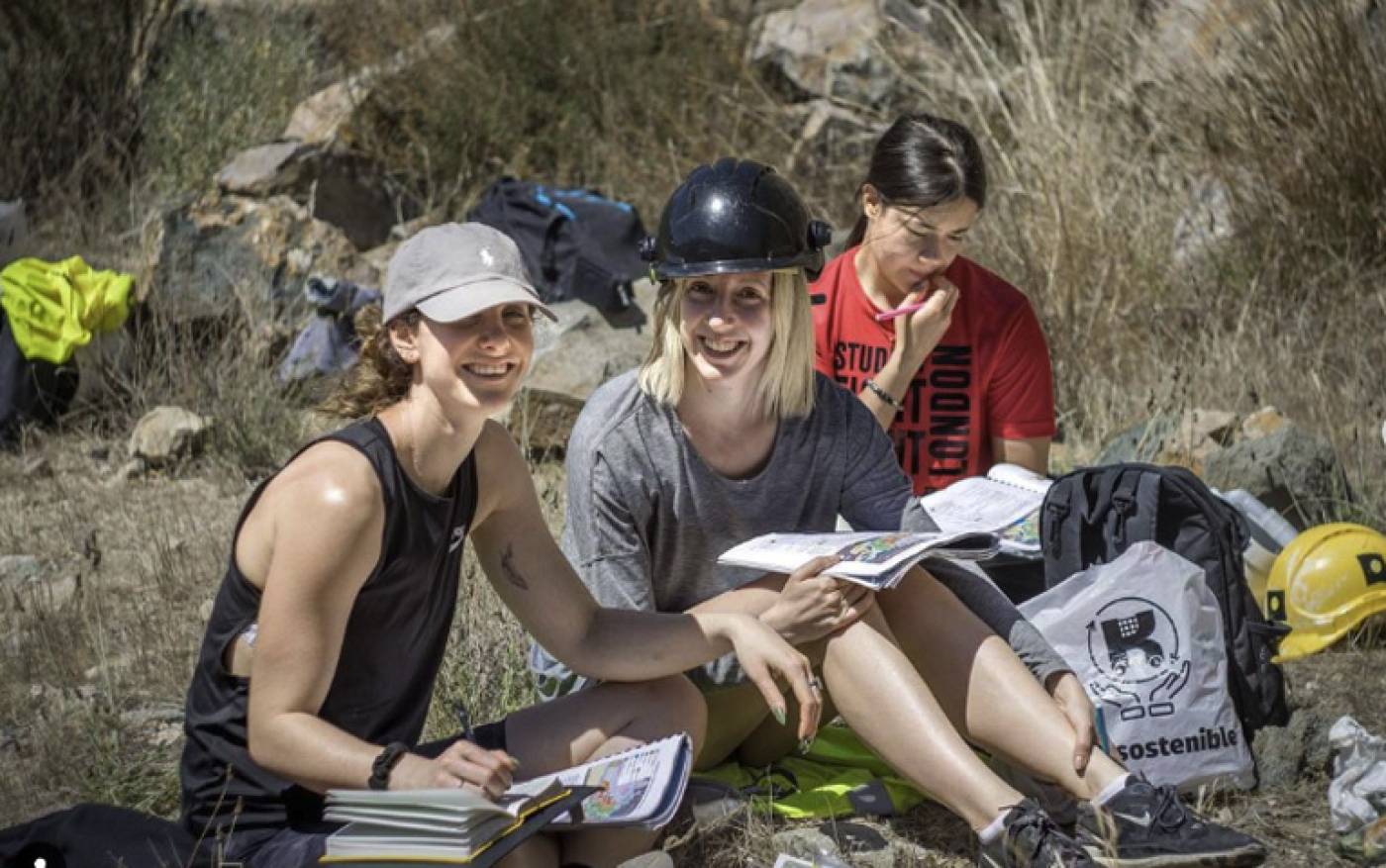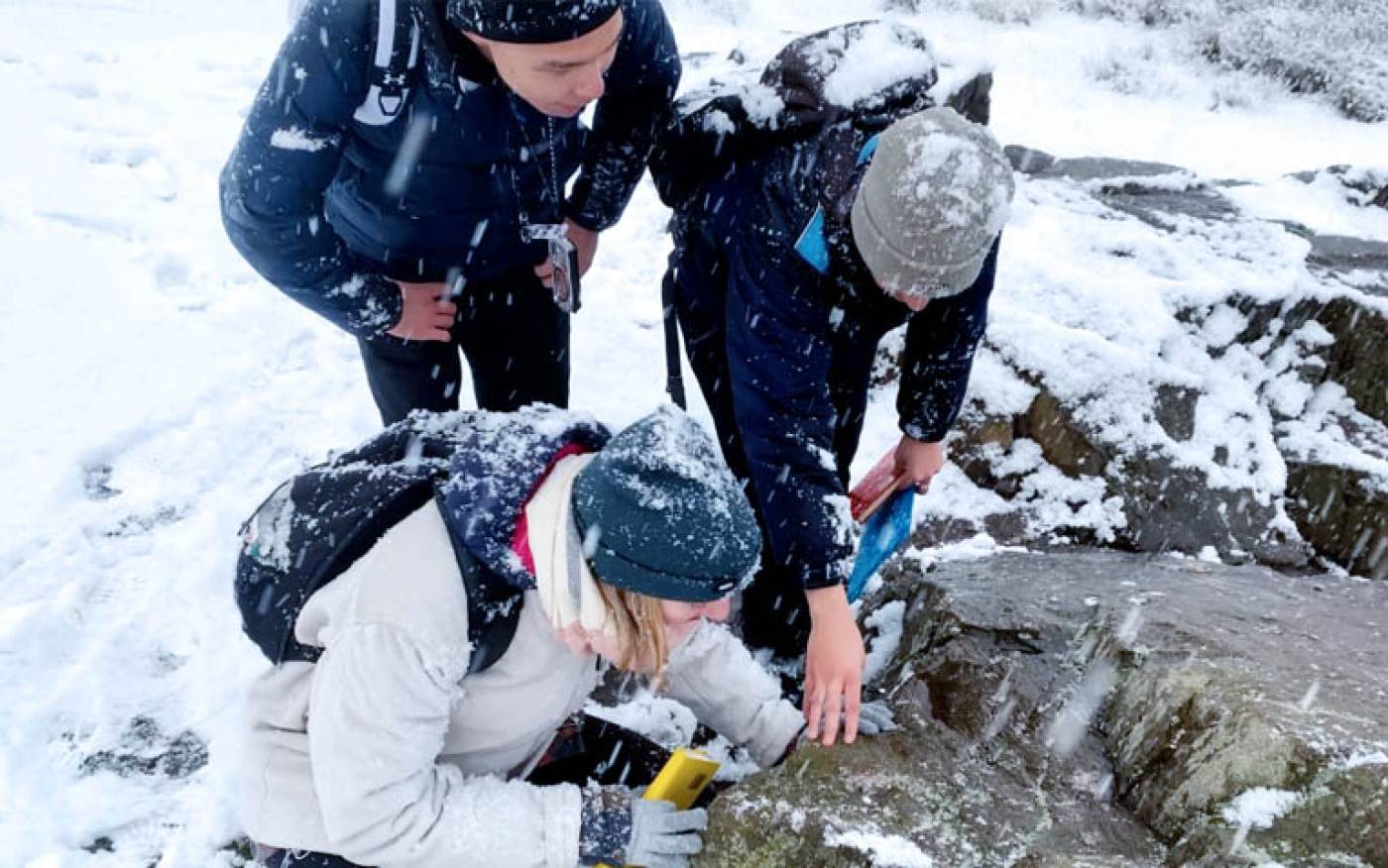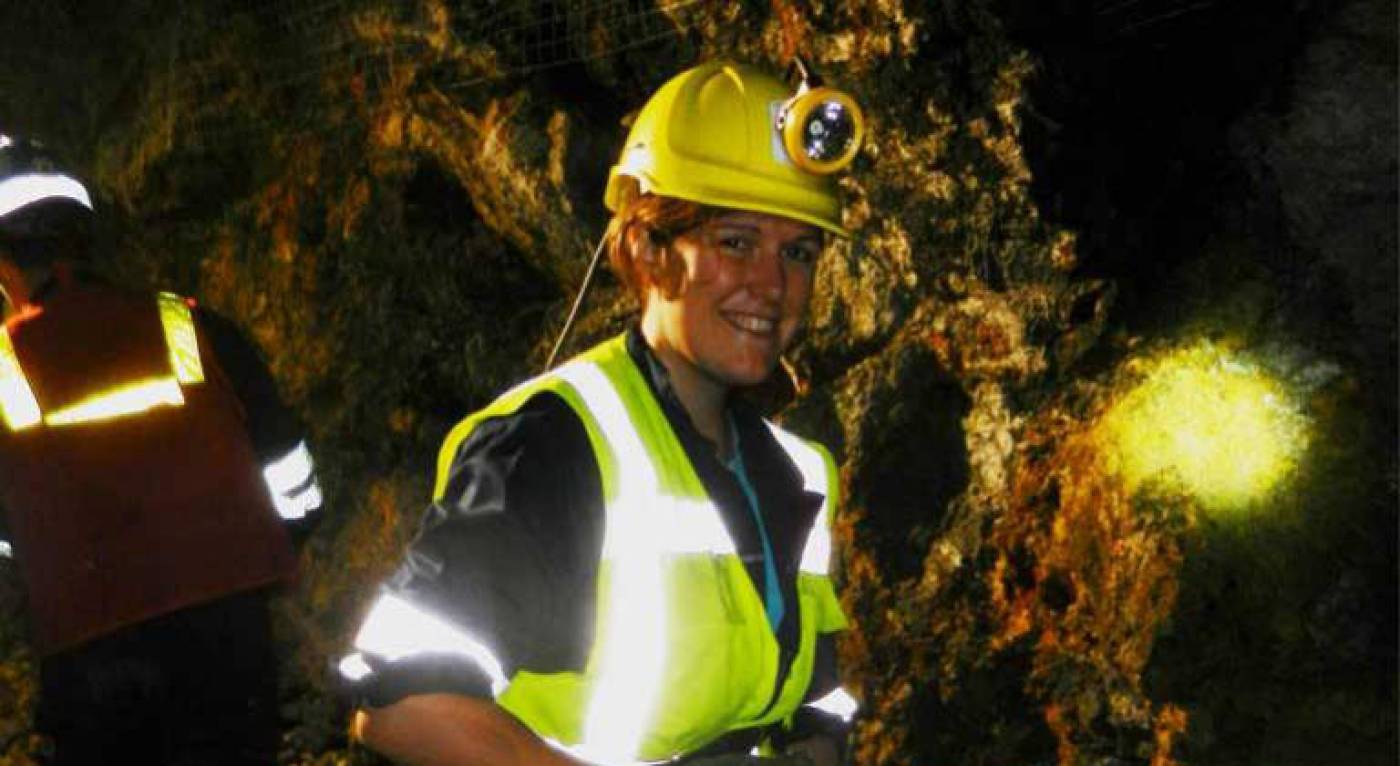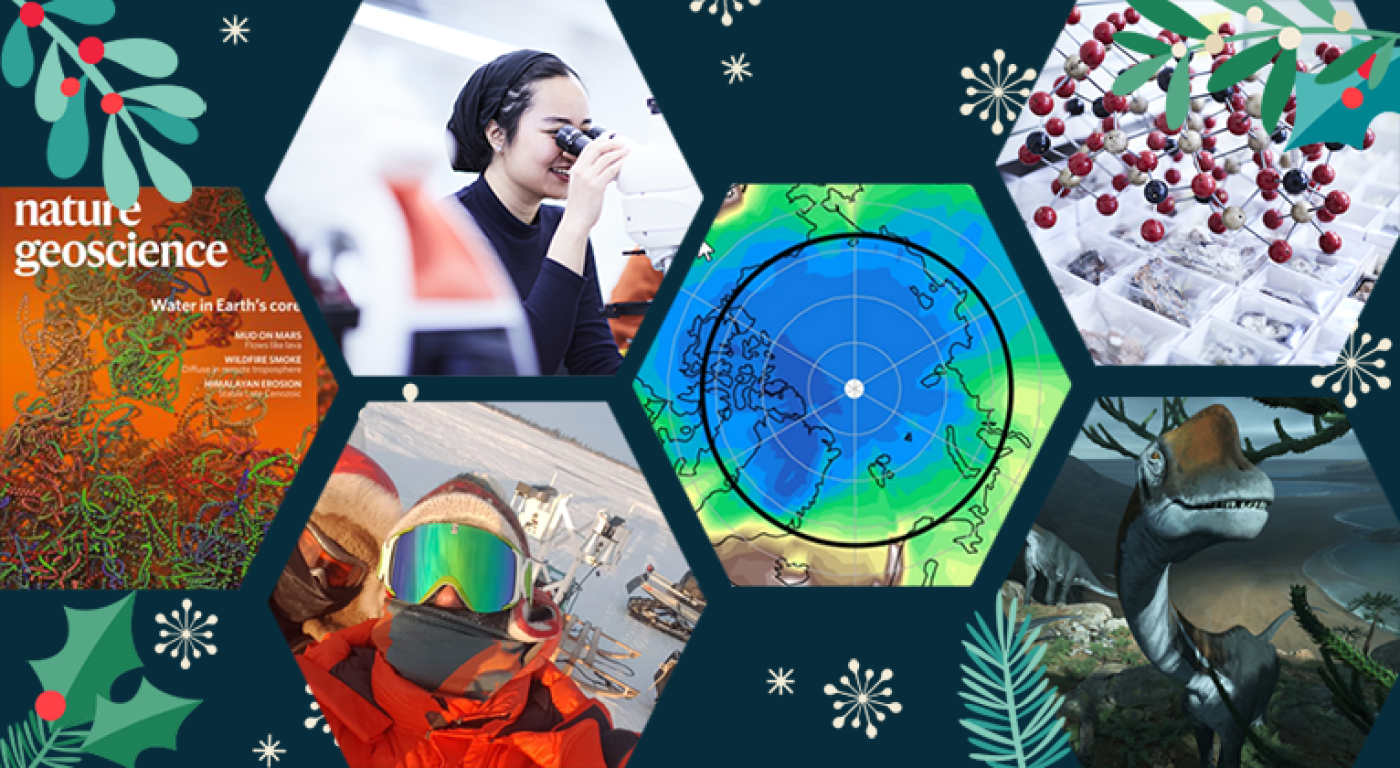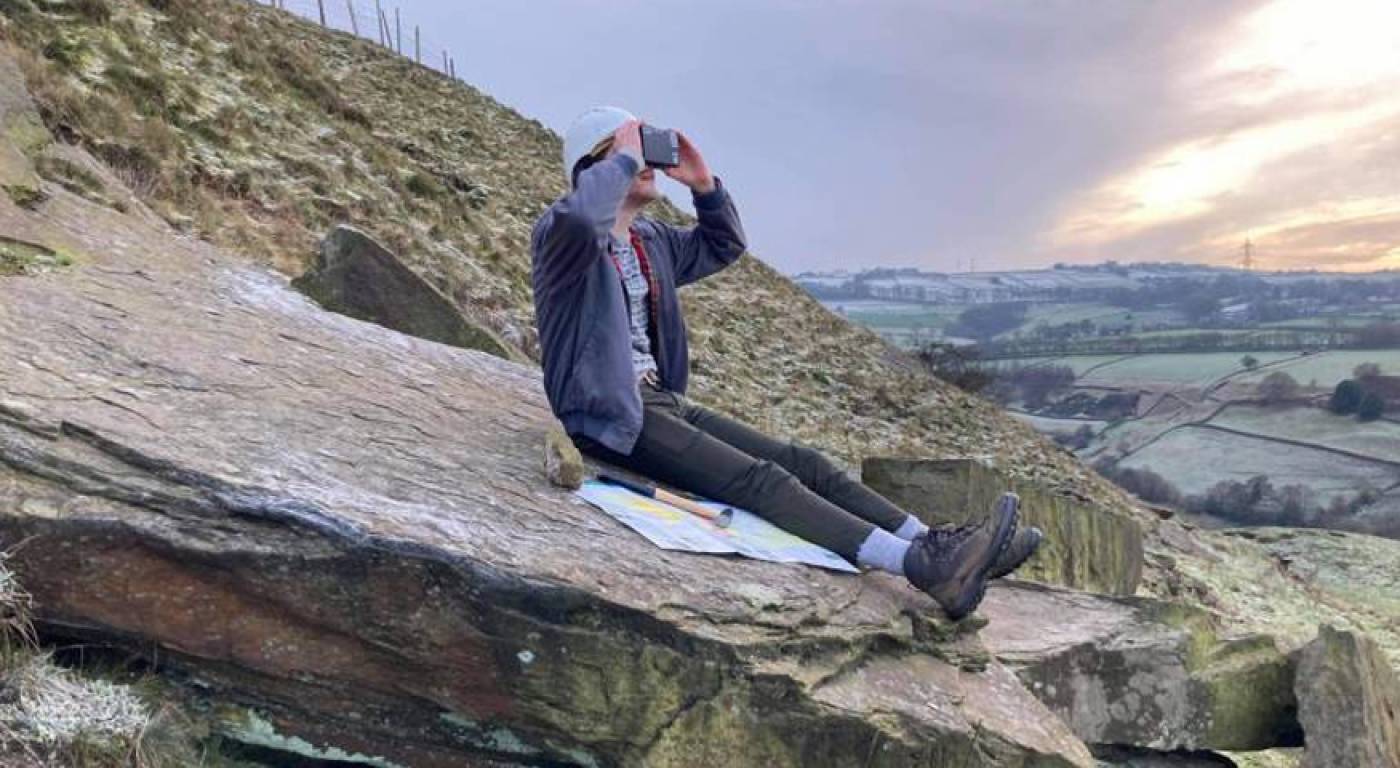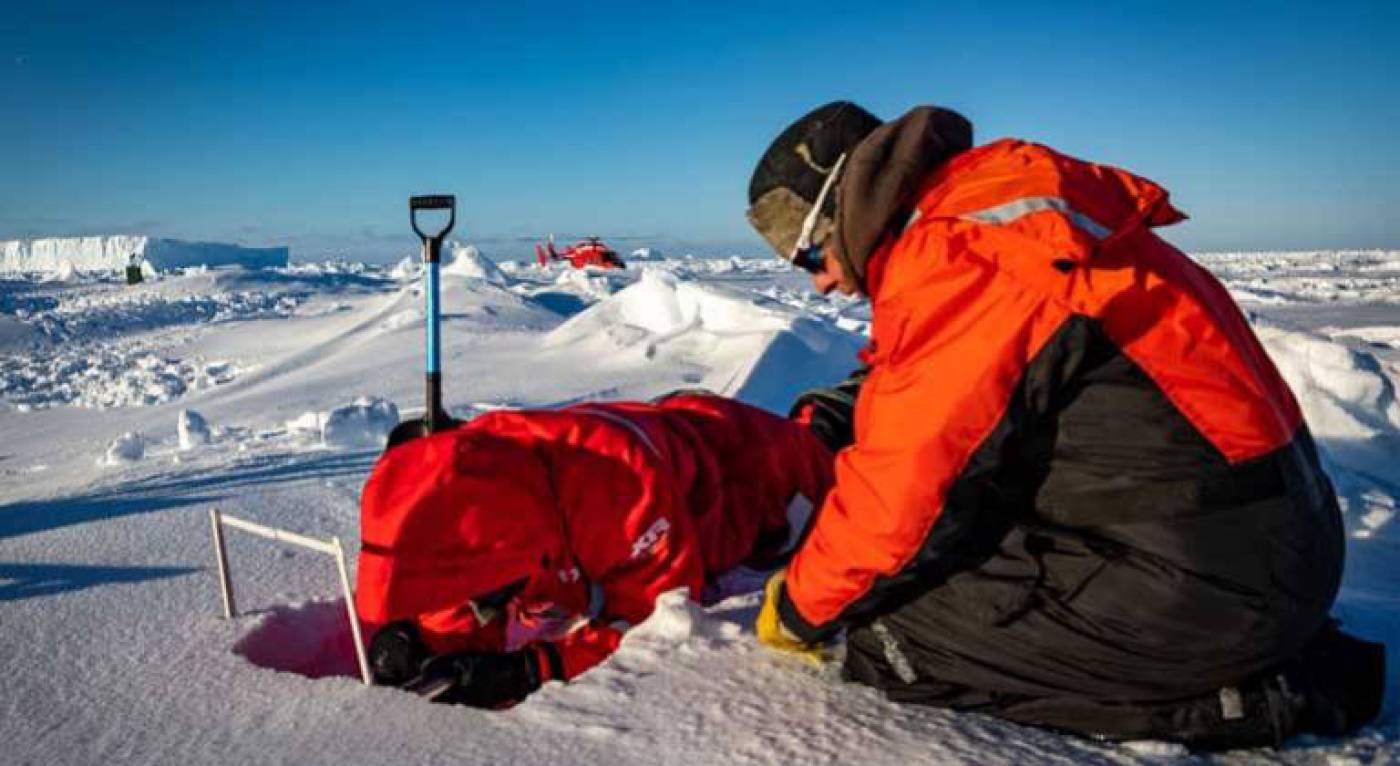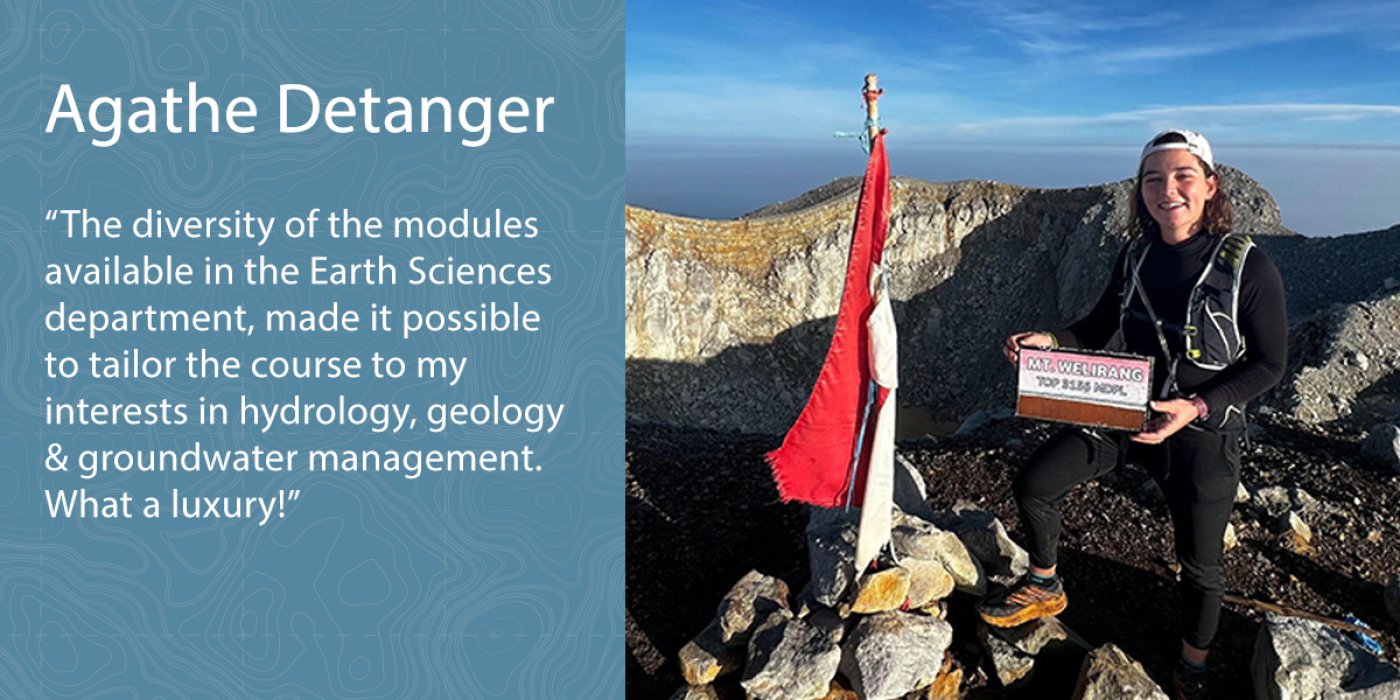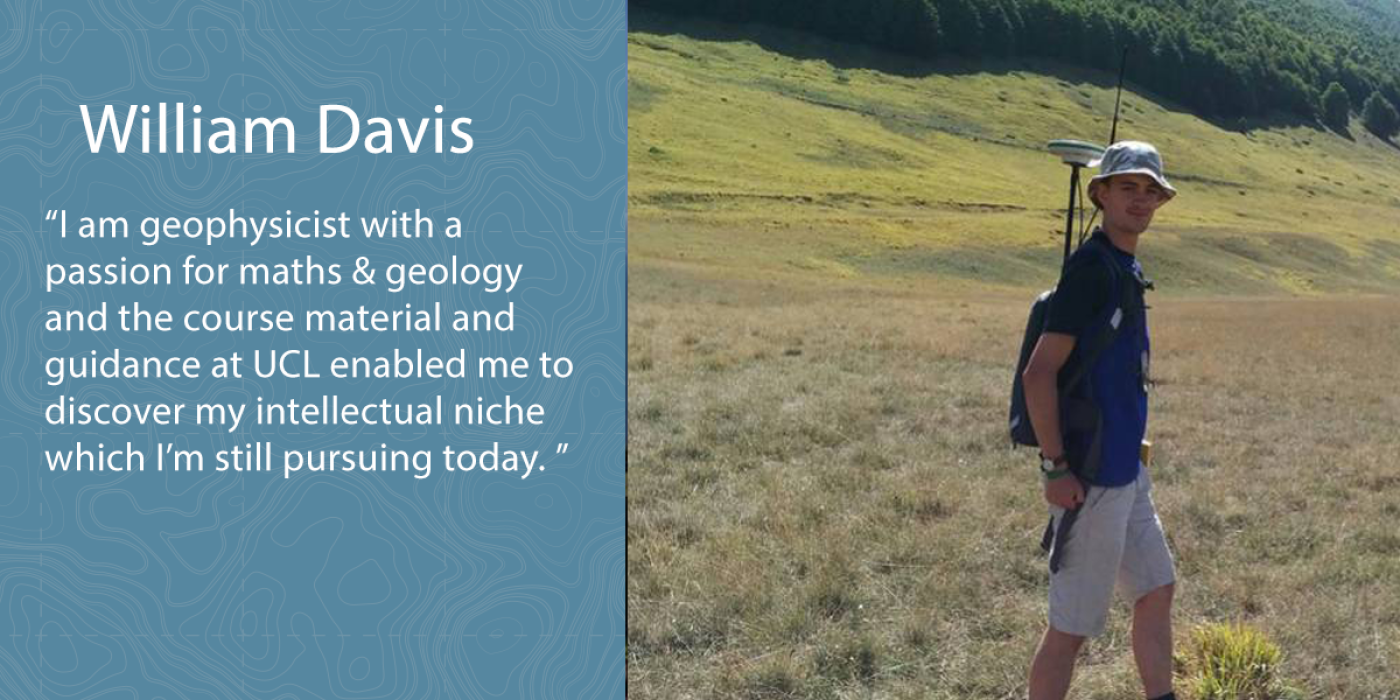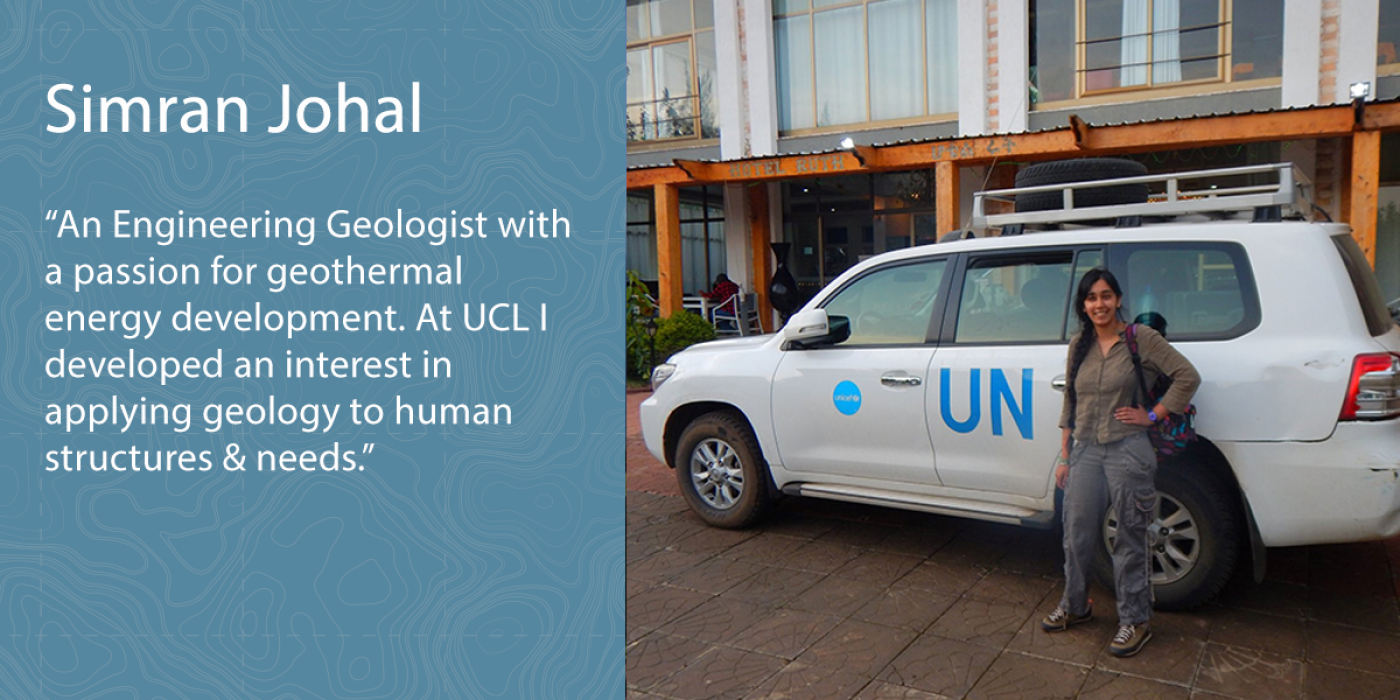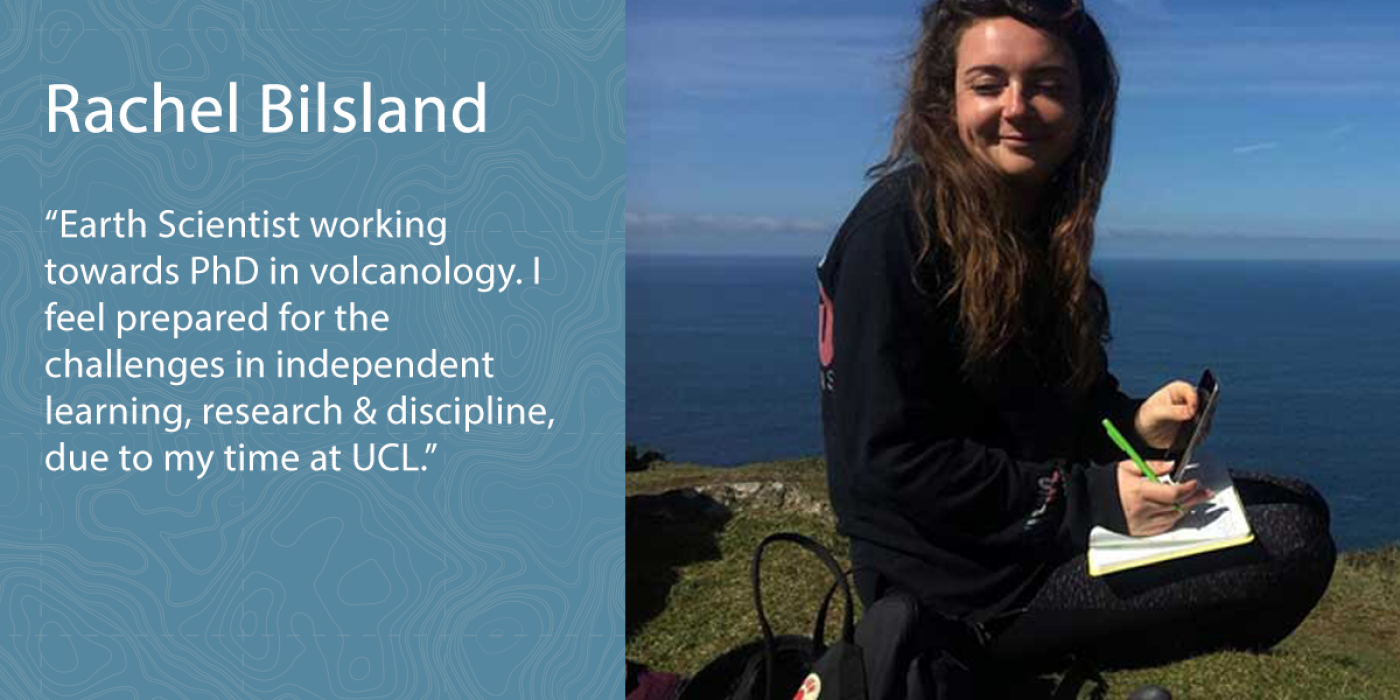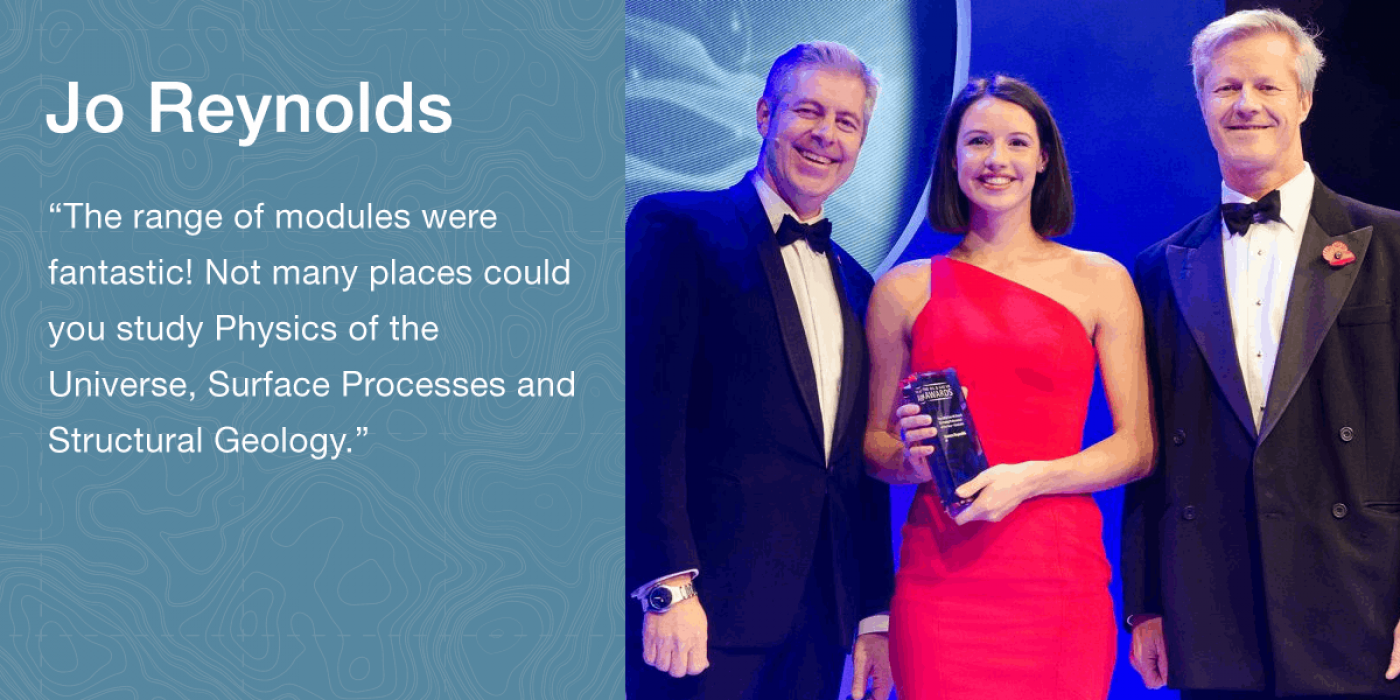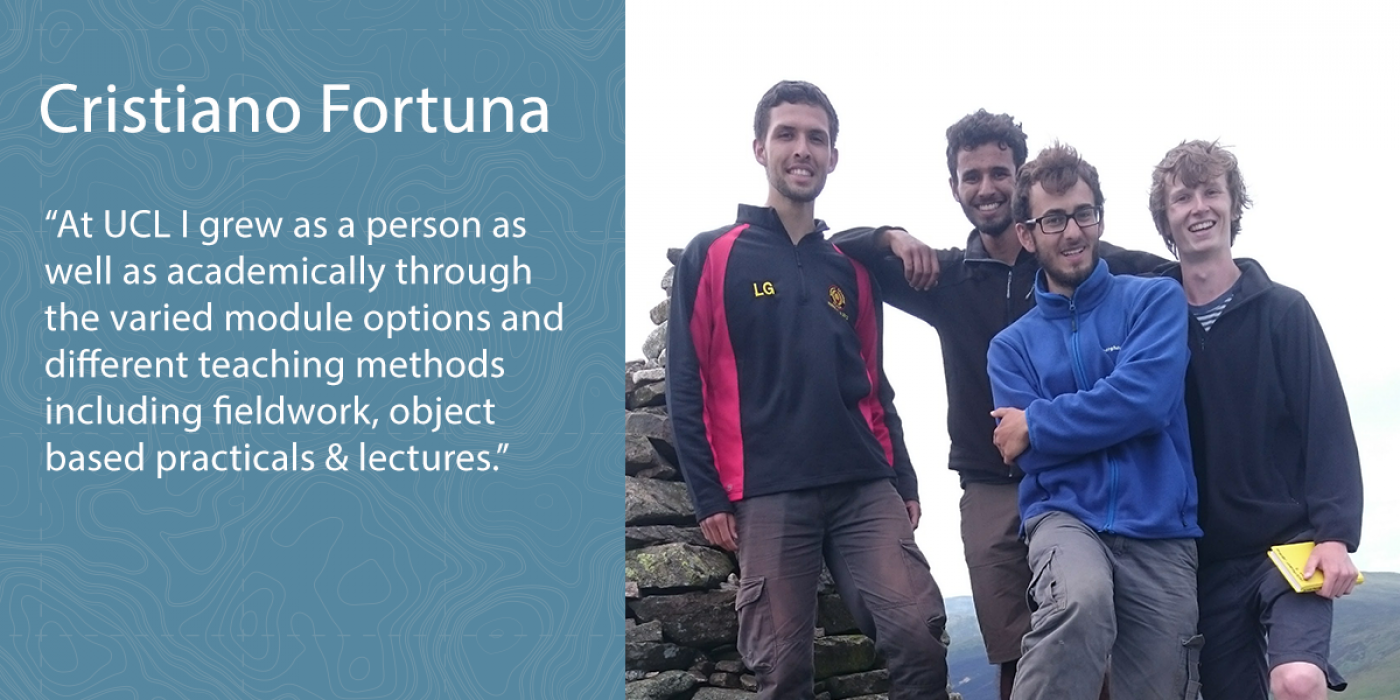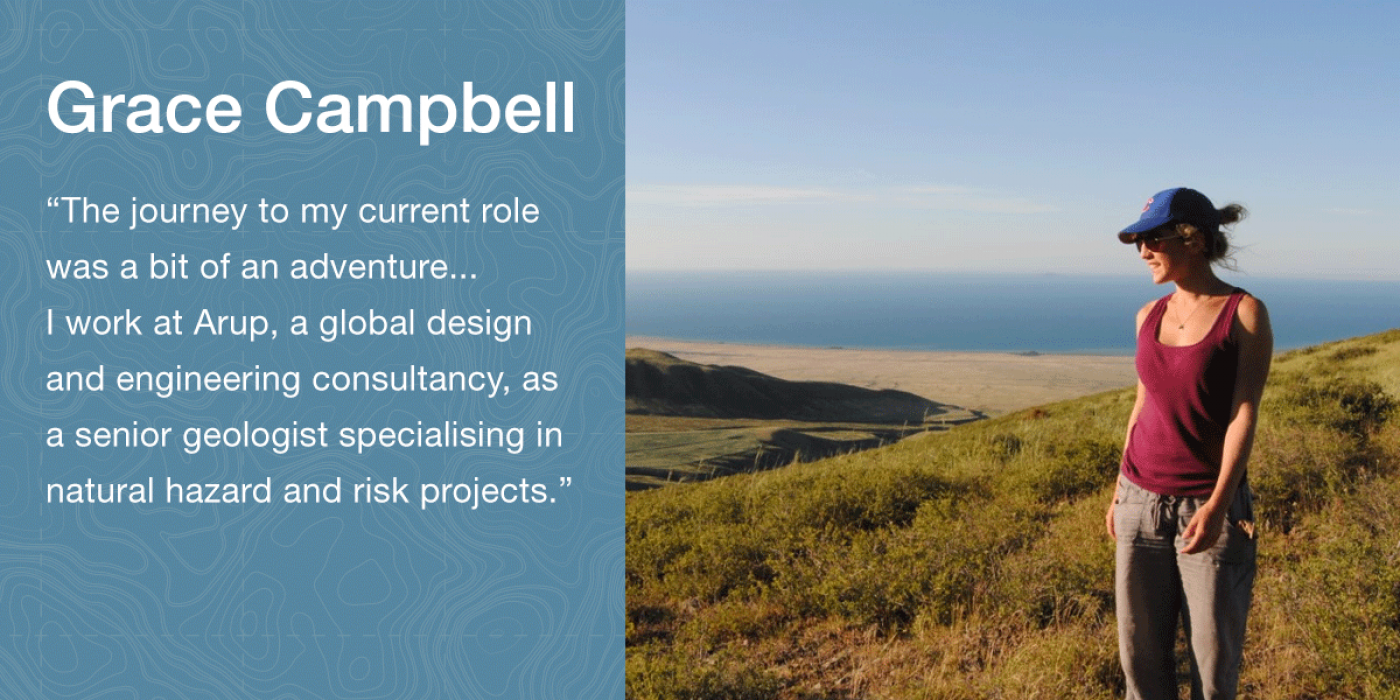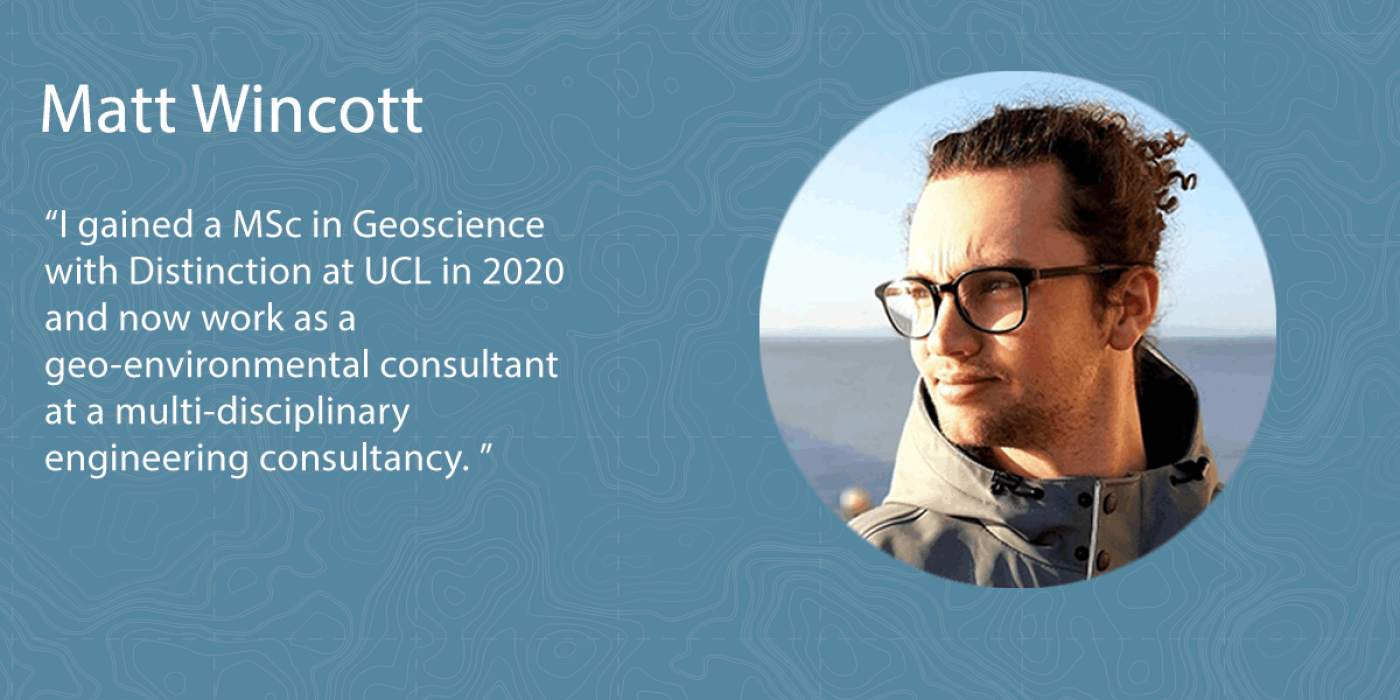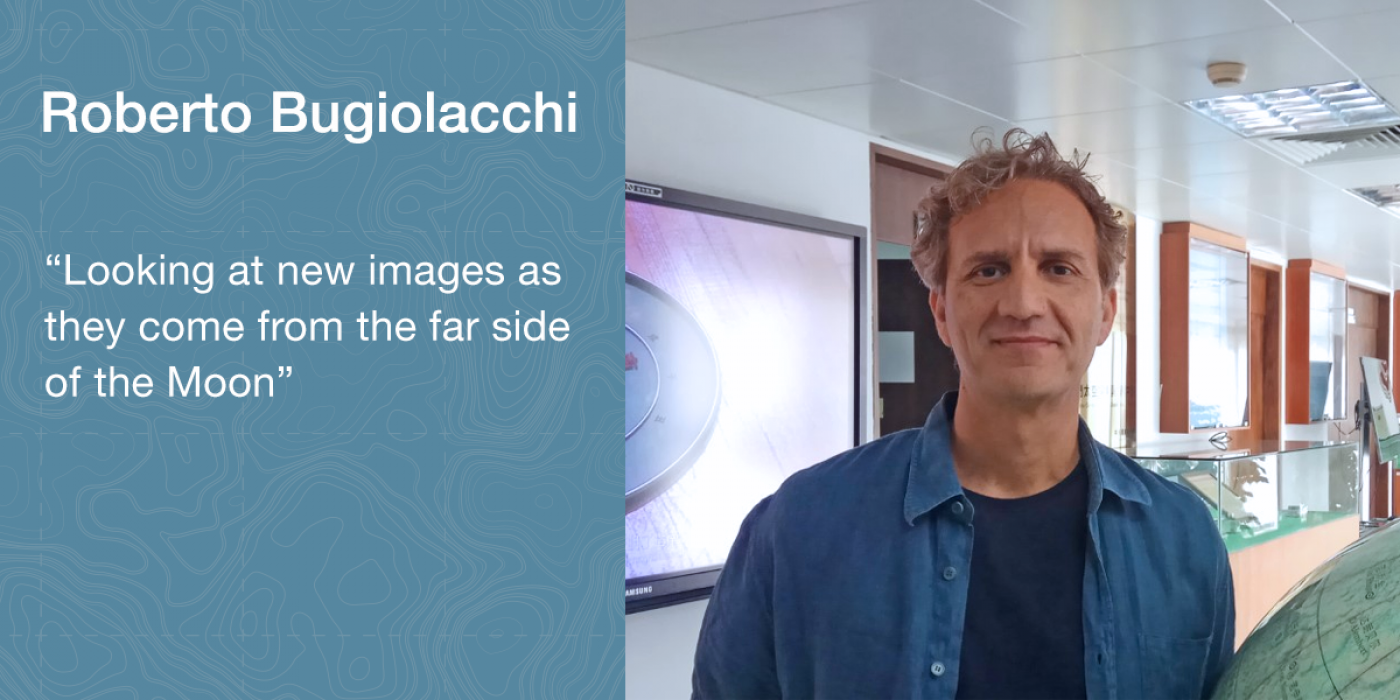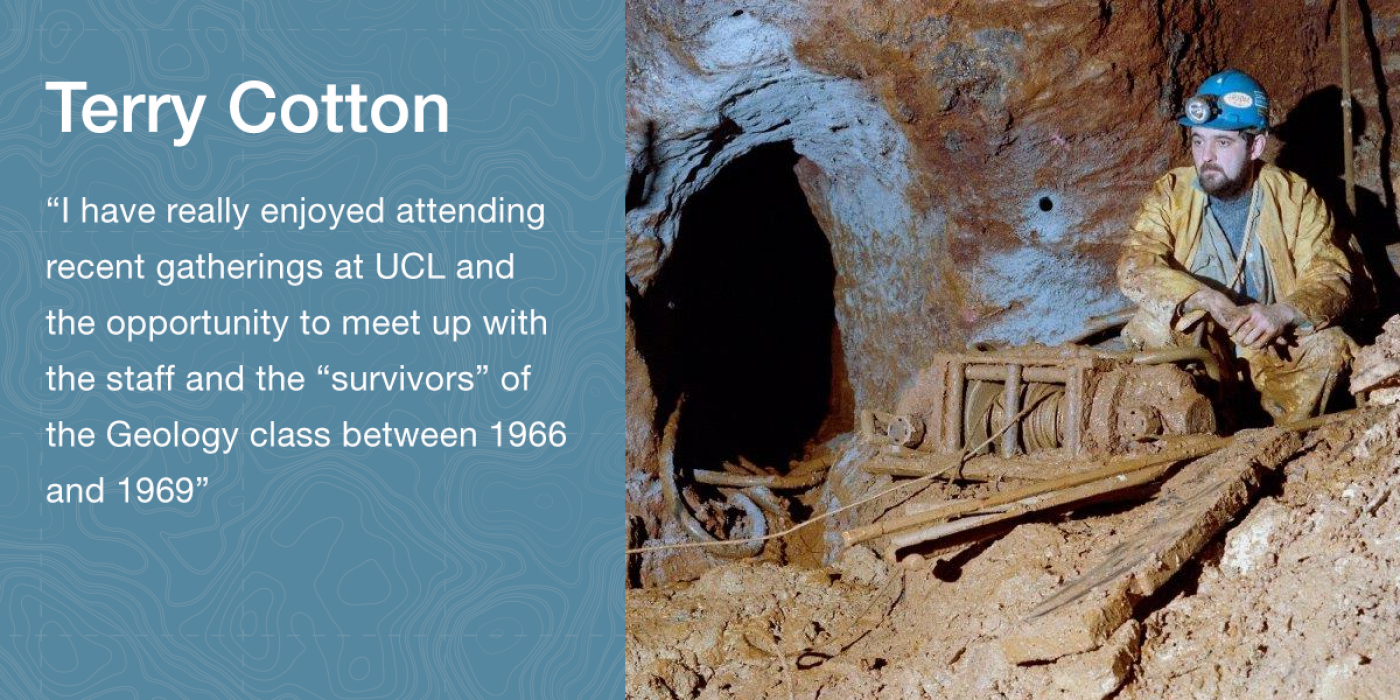YouTube @ One Minute Geology – Does what it says on the tin
16 October 2023
The One Minute Geology YouTube channel provides concise videos about the geology you might see when out walking or climbing in the UK. We talked to Prof David Dobson to get the low-down on this inspiring new resource.
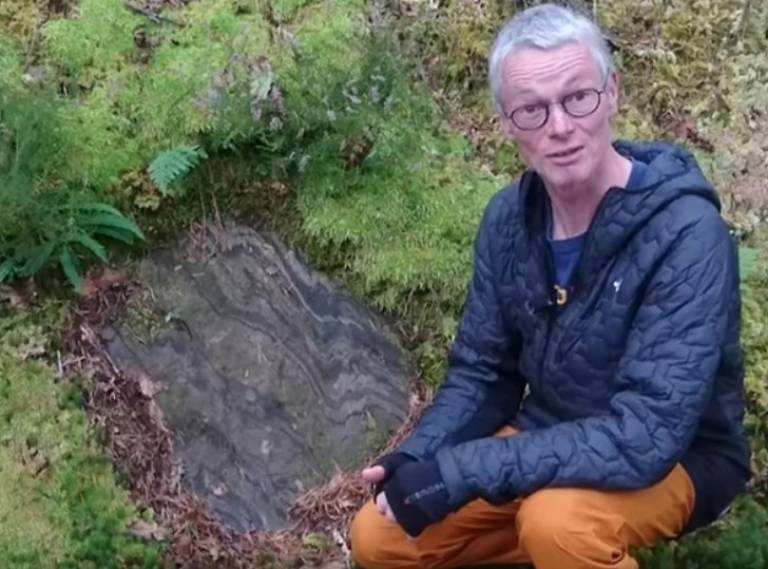
The One Minute Geology YouTube channel provides concise videos about the geology you might see when out walking or climbing in the UK. Intended as a resource for teachers, field leaders and interested individuals it has gone from strength to strength since it was founded by Professor David Dobson in the autumn of 2021, with over 50,000 views per year and still growing. We talked to David to get the low-down on this inspiring new resource.
ES: So, what was the inspiration behind OMG?
DD: Britain has to be one of the best places in the world to study field geology, with such a rich variety of rock types of all ages, form some of the oldest rocks in the world to glacial deposits and landforms which can be just a few thousand years old. Combine that with a varied tectonic history at both convergent and constructive plate margins, and our rich mining heritage and you have a winning formula, whatever your geological taste. I am a keen outdoors enthusiast and have always enjoyed discussing the geology I can see while out walking and climbing with whoever will listen – so YouTube seemed a logical step and the short-form style means it isn’t too disruptive to what can be big mountain days.
ES: One minute isn’t very long – how can you get meaningful geological information into such a short video?
DD: I started off just describing what I saw in the rocks around me, but it soon became clear that to get quality information into a short format takes some thought and often a lot of post-production. Nowadays, if I am going somewhere new to me, or if I want to concentrate ion a particular geological topic I do some background reading so that when I see something worth videoing I already have an idea of how it will fit into what I want to say. As you can see form the videos I don’t work to a script but it often requires a couple of takes to get the story board right. Then post-editing allows me to tighten up the presentation a bit and to add any diagrams, maps or other visual aids needed to get the story over. But I must admit, as I have tackled more complex topics with more background II can’t quite get it into one minute. Generally my videos come in under 2 minutes, but there are occasional longer ones (One Minute Plus) which give more thorough introductions to key topics.
This video shows how you can relate local structures to regional tectonics if you have just a little bit of background:
History of the Moine Thrust in 2 square metres of folded rock at Glencoe Lochain
ES: You mentioned post-production – how long does it take to make a typical OMG video?
DD: As I record the video and audio on two devices I always have to align and combine the two tracks in editing software, but most videos need much more than just that. A typical one-to-two-minute video can take a couple of hours to edit and prepare for YouTube. The transition to on-line teaching during lockdown was a very steep learning curve for all of us but it taught me some useful skills which it is good to be able to put into practice for OMG.
ES: While we are talking about the video production process, what equipment do you use when you are out and about?
DD: Most of my videos are recorded by Sharon, my wife, on her mobile phone. A modern smart phone has perfectly good video quality for live-streaming purposes. The sound quality has proven much more tricky. I started using a professional-quality lapel microphone which I plugged into my phone, but the mountain environment can be very challenging, both in terms of background (wind) noise and for physically damaging light-weight microphone housings. I have recently invested in an all-in-one sound unit and have made a rugged waterproof carrying case and wind muff (called a dead cat in the trade) for it. You might notice a bright pink pom-pom hanging around my neck in some videos, which is my prototype dead cat. The system has active sound processing which, combined with the dead cat seems to do a really good job at reducing background noise.
ES: Back to geology. Where in the UK would you recommend for someone wanting to sample an introduction to Geology?
DD: That is a really hard question as we have such a variety across Britain. But you couldn’t go far wrong if you look at our introductory undergraduate field courses. The Jurassic coast of Dorset is a World Heritage Site for its sedimentary rocks and fossils. It is where many species of dinosaur and marine reptile were first discovered. Cornwall is a great introduction to igneous rocks and mining geology, and the North-West Highlands of Scotland, another World-Heritage Site, has outstanding examples of convergent margins and mountain building processes. Further South in the Highlands you get into classic regions for metamorphic rocks. I could go on….
ES: Thank you for talking to us David. If you were to leave us with a couple of examples of OMG ‘taster’ videos, what would they be?
DD: The following video shows what happens when very hot basalt intrudes continental crustal rock with a low melting temperature. Melted Torridon Sandstone:
YouTube Widget Placeholderhttps://www.youtube.com/watch?v=R-ZbPYjv2Bw&t=2s
- OMG - OneMinuteGeology; YouTube channel
- Prof David Dobson academic profile
- Prof David Dobson qualifies as a Mountain Leader
 Close
Close


